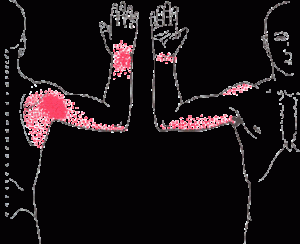Let me ask you a question; do you work in a successful sports physiotherapy practice? If you said yes, firstly congratulations, I’m glad to hear that! My follow-up question is why is your practice so successful? What are the reasons or factors that make your sports physiotherapy practice a highly successful one?

Shoulder injuries to the rotator cuff are very common. Whilst rotator cuff injuries are more commonly seen in supraspinatus and infraspinatus, there has been a recent increase in awareness and recognition of subscapularis injuries. In fact, Barth et al. (2006) suggested 29.4% of those who underwent shoulder arthroscopy for a rotator cuff tear had involvement of the subscapularis. Therefore, a thorough understanding of the evidence based clinical assessment for subscapularis is essential, and is thus presented in this article.
As I suggested in the previous post: assessment of scapular dyskinesis; sports physiotherapists regularly assess and rehabilitate shoulder dysfunctions and pathologies. As a sports physiotherapists it is important to evaluate the contributing factors to shoulder pathology. A common contributor, seen in 68-100% of shoulder injuries, is scapular dyskinesis. If you treat shoulders, ‘treating the scapula’ is absolutely paramount … ignore it at your own peril. This article will discuss some treatment options for scapular dyskinesis



